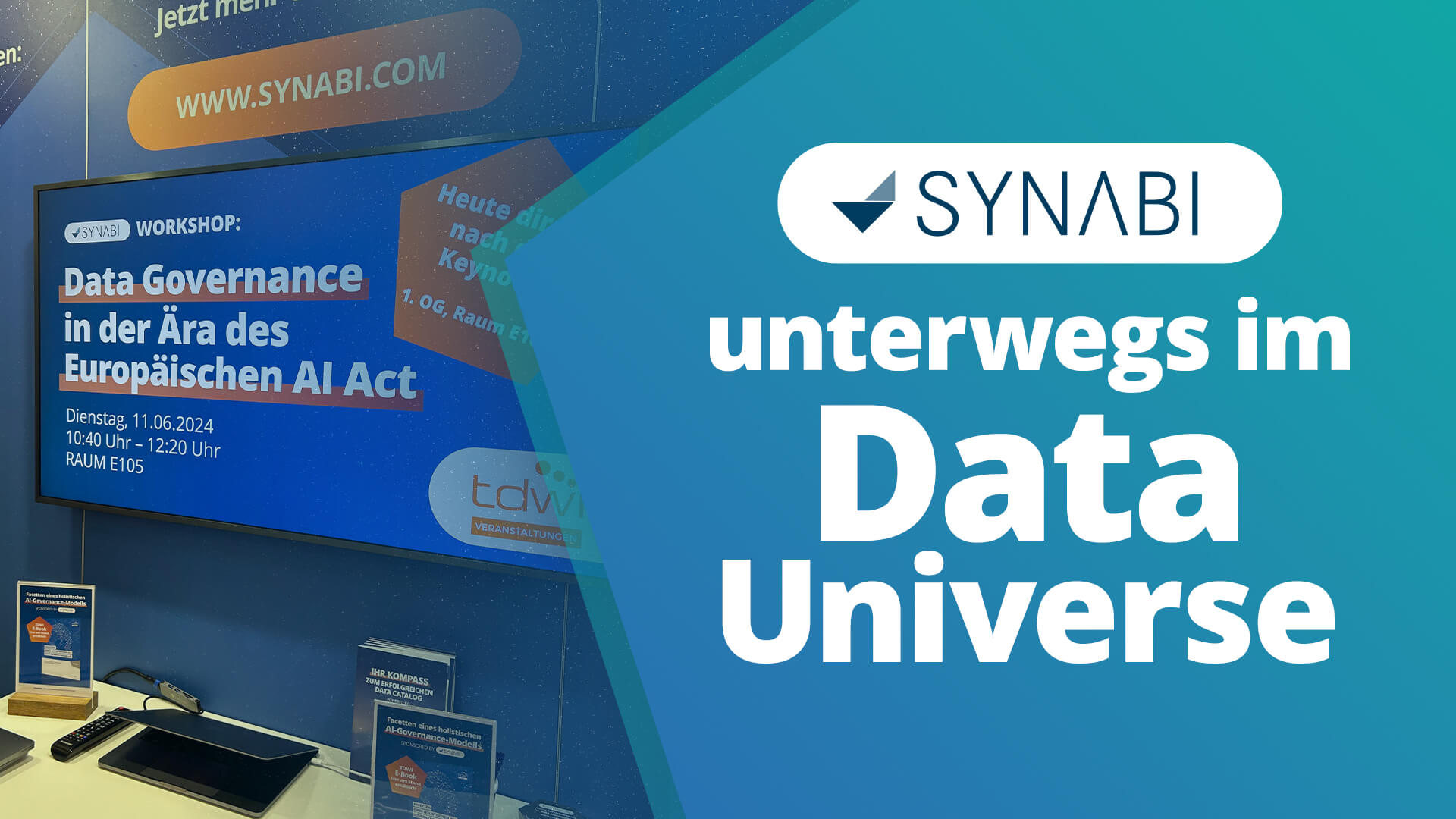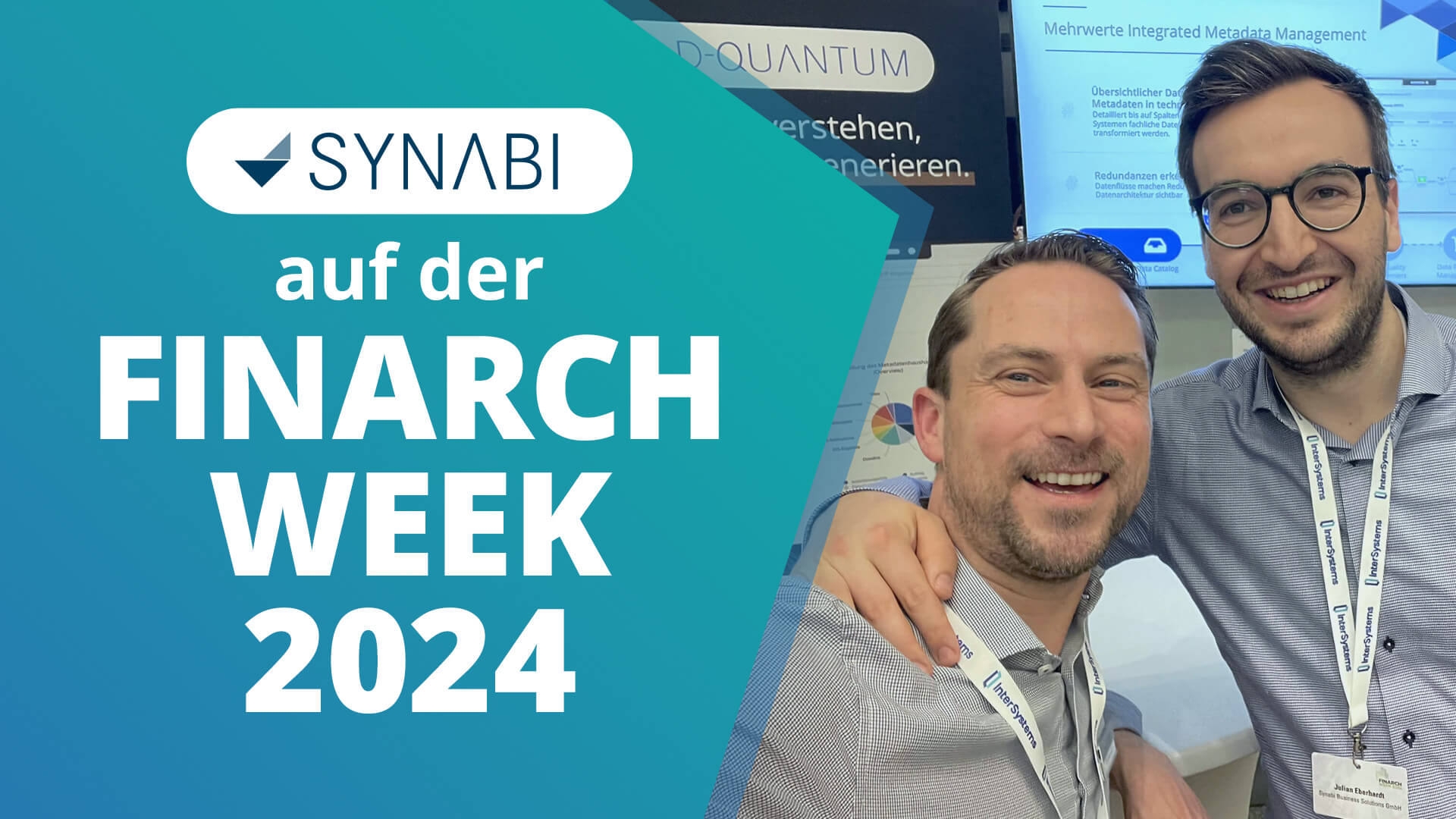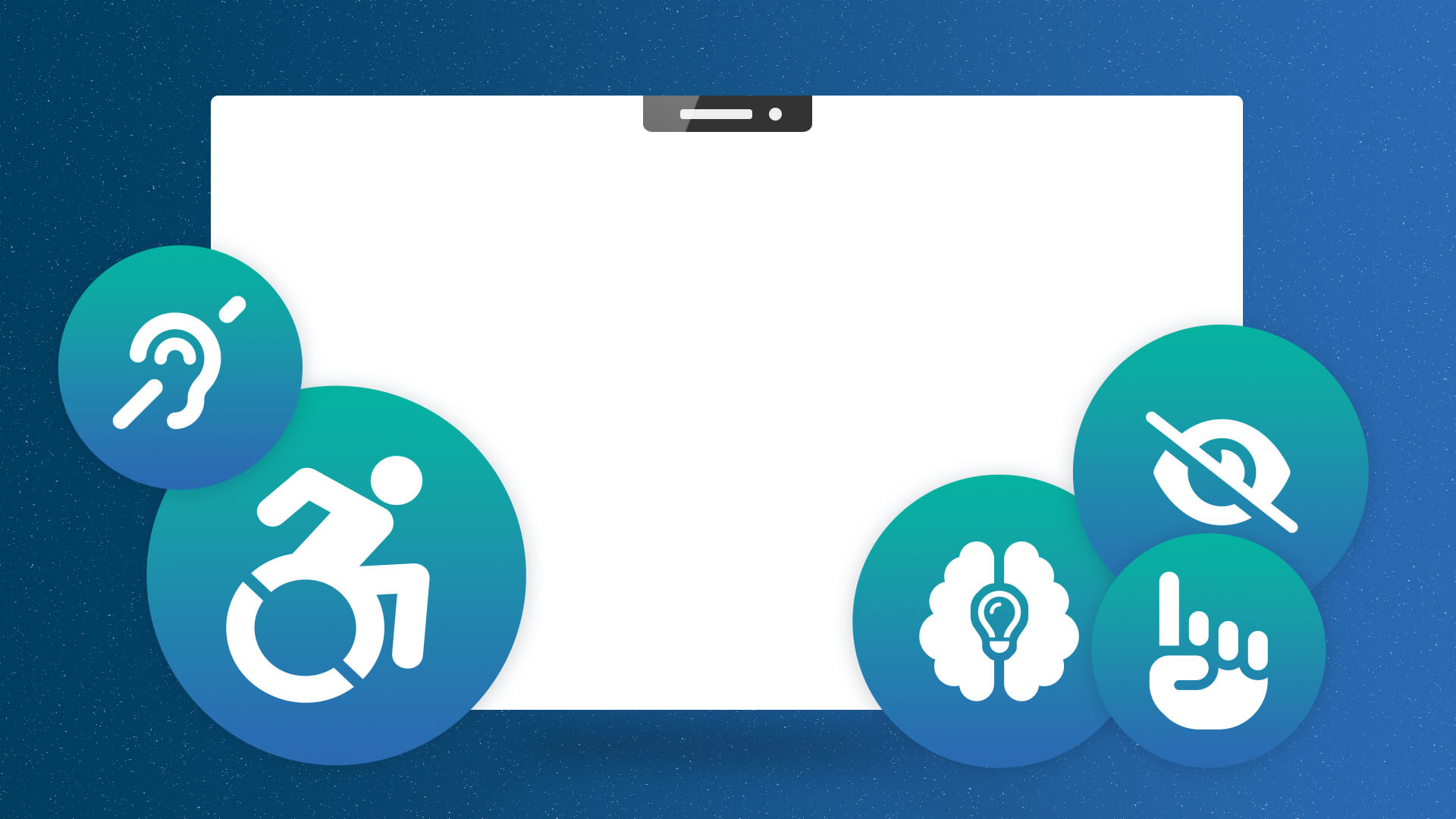Are you determined to move forward with your data management and finally set up a data catalog? The decision has been made, but you don’t know how and where best to start?
A few years ago, the EOS Group was also about to take the first step with D-QUANTUM. You can find out how they succeeded and which aspects were given particular consideration in the new BARC Guide 2022 – or continue reading now.
Transparency is the key to effective and flexible data man-agement
With D-QUANTUM, EOS uses an intuitive data catalog to generate and use added value from data. The aim is to operate the best possible, individual receivables management, from which even defaulting payers benefit. The basic principle is company-wide data transparency, made possible by D-QUANTUM.
Transparency is the key to effective and flexible data management
With D-QUANTUM, EOS uses an intuitive data catalog to generate and use added value from data. The aim is to operate the best possible, individual receivables management, from which even defaulting payers benefit. The basic principle is company-wide data transparency, made possible by D-QUANTUM.
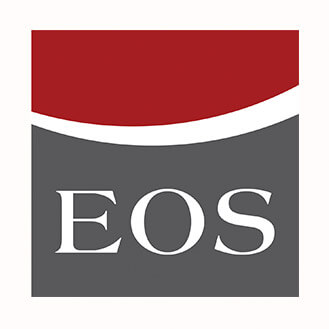
The EOS Group is one of the leading technology-based financial investors and an expert in the processing of outstanding receivables. The company’s core business is the purchase of unsecured and secured debt portfolios. With over 45 years of experience, EOS offers some 20,000 customers in 26 countries around the world smart services for all their receivables management needs. Focus is on banks as well as companies from the real estate, telecommunications, energy supply and e-commerce sectors. EOS employs more than 6,800 people and is part of the Otto Group.
A central point for data transparency
In the course of the project implementation, the project team has built up an extensive metadata repository.
This contains the definitions of business elements such as terms, business objects, key figures and their relationships to each other. Thus, the users have the possibility to understand the composition of complex key figures as well as their mapping to the terminology and to easily view the relevant contact persons. This laid the foundation for a common understanding of data.
Current documentation of the technical metadata
In order to create a daily updated, automatically generated documentation of the technical metadata, EOS applied D-QUANTUM Connect. In the first phase, the data warehouse systems (Exasol, AbInitio and Microstrategy) were connected to D-QUANTUM.
During the next phases, Oracle databases and more than the 80 PostgreSQL databases of the new microservice-based system were connected in order to create transparency of the data of the operational systems. Due to the openness of D-QUANTUM Connect, the metadata of the self-developed loading framework could be connected to D-QUANTUM with little effort through a jointly developed custom connector.
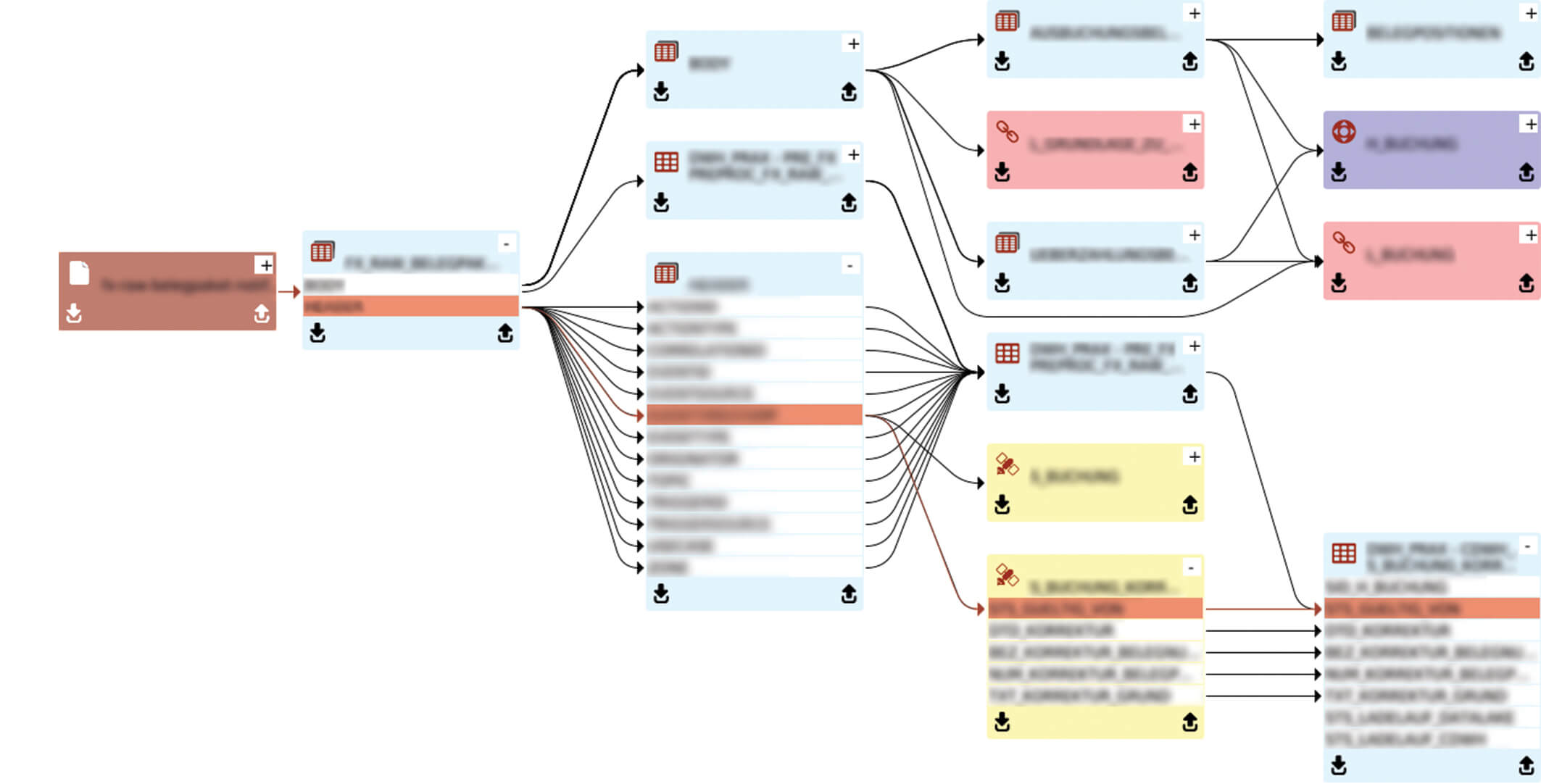
You would like to learn more about D-QUANTUM Connect?
You would like to learn more about D-QUANTUM Connect?
Wide use of metadata for downstream processes
From the very beginning of the project, EOS had the goal to generate the greatest possible benefit for the company from the data compiled in the data catalog. The possibility to flexibly expand the existing meta model in D-QUANTUM made it possible to map and import the processing activities from the directory of procedures into D-QUANTUM. The great added value results from the fact that the information of the directory of procedures – such as data subjects or purpose of the data processing – is related to the terms and key figures of the company.
By looking at the overall picture, the use of D-QUANTUM has ensured extensive transparency regarding the data of the defaulters.




